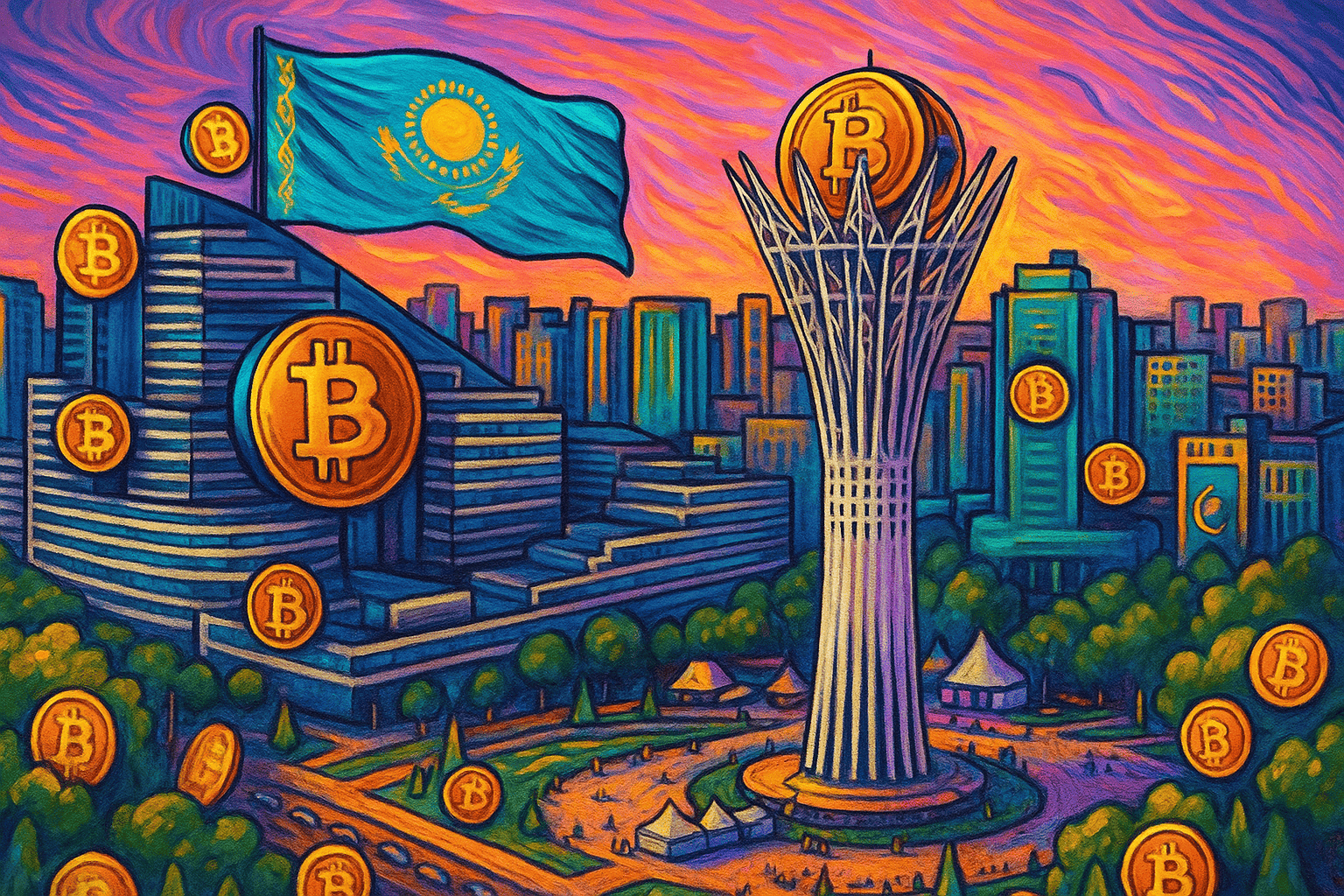Popular cryptos
Fantom
Download app Ironwallet and get tool for making transaction without network fee
About Fantom
Fantom is a fast, high-throughput open-source smart contract platform for digital assets and dApps. Created in 2018, Fantom aims to solve the issues of speed, scalability and security faced by older blockchains like Ethereum.
The Fantom platform utilizes a directed acyclic graph (DAG) based consensus mechanism instead of the traditional blockchain structure. This allows transactions to be confirmed in 1-2 seconds and enables Fantom to process over 2,500 TPS.
The native token of Fantom is FTM which is used to pay for transactions fees, staking and governance of the network. FTM has seen massive growth recently, propelling Fantom into the top 50 cryptos by market cap.
Technology Behind Fantom
Fantom uses a directed acyclic graph (DAG) instead of a linear blockchain. This allows concurrent transactions to be grouped together and confirmed in batches called “events”. The DAG structure and Lachesis consensus algorithm power Fantom’s speed and scalability.
The network also utilizes a Proof-of-Stake (PoS) consensus that is based on the Avalanche protocol. Stakers can earn rewards while securing the network by staking FTM tokens. The minimum staking amount is currently set at 3,175 FTM.
Together these technical innovations solve blockchain trilemma – providing decentralization, security and scalability in one fast, low-cost network.
Consensus Mechanism
Fantom utilizes a unique DAG-based consensus protocol called Lachesis that was created by the Fantom Foundation. Lachesis allows asynchronous BFT consensus that delivers both speed and security.
The consensus works through a system of nodes that take turns creating events on the network. Each new event has to validate previous events, ensuring consensus across decentralized nodes.
Lachesis also groups smaller transactions into batches so they can be processed and finalized together. This allows throughput of up to 2000-3000 TPS according to internal tests, much higher than older chains.
Validators that stake FTM tokens secure the network and process transactions while earning staking rewards. The minimum staking amount is 3,175 FTM to operate a Fantom validator node.
Native Token FTM
The Fantom network has a native token called FTM that has a variety of purposes. FTM is used to pay for transaction fees on the network. The fees usually less than $0.01 per transaction due to Fantom’s speed and efficiency.
FTM also provides governance rights to token holders who can vote on network proposals. Moreover, FTM must be staked to operate validator nodes that maintain the network. Stakers earn rewards proportional to their stake.
The total supply of FTM tokens is 3.17 billion. 45% of the supply was allocated to public token sales, 30% to staking rewards and node operation, and the remainder to founders and advisors.
Smart Contracts and dApps
Fantom supports fast and affordable smart contracts and decentralized applications. Fees are a small fraction compared to older platforms like Ethereum, lowering the barrier for dApp creation.
Hundreds of dApps have already launched on Fantom across lending, DEXs, NFT marketplaces and games. Top Fantom dApps include SpookySwap decentralized exchange, Tomb Finance algorithmic stablecoin protocol and Spirit Swap AMM.
Fantom also supports Ethereum Virtual Machine (EVM) smart contracts. This allows projects to deploy dApps originally built for Ethereum over to Fantom with minimal changes. Popular DeFi sites like Curve and Yearn Finance have already integrated cross-chain with Fantom to utilize its speed and low fees.
Partnerships and Integrations
Fantom has secured multiple high profile partnerships in sectors like entertainment, sports and education. These provide real-world use cases for blockchain integration.
Notable collaborations include the Tajikistan government to deploy Fantom for public services, the Afghanistan Central Bank digital currency project, Dubai real estate platform Emaar to run tokenized rewards program, 300cubits TEU crypto shipping token protocol and Vodra sports merchandise NFT platform.
In October 2021, Fantom launched a $320 million fund in collaboration with HyperEdge Capital to boost DeFi and dApp growth on Fantom focused on areas like DeFi 2.0, NFTs, gaming, infrastructure etc.
There have also been discussions around integrating with leading global brands like Boeing, Qualcomm and Renault but yet to be confirmed officially.
Roadmap and Future Developments
Fantom recently achieved a major milestone on its roadmap – full decentralization in December 2021. This hands over control of the Fantom mainnet from the Foundation to the validator community.
Upcoming goals include further TPS improvements targeting 4,500+ transactions per second through ongoing optimization. Enhancing the EVM compatibility is another priority to simplify migration of dApps from Ethereum.
On the adoption side, new DeFi products and NFT platforms are launching on Fantom every week. But there is still massive room for growth before it reaches saturation. Attracting institutional investment and integrating more blockchain bridges also remain key goals moving forward.
Longer term, the team aims to evolve Lachesis into an interoperable consensus protocol that can interconnect with external blockchains. This would turn Fantom into a universal DeFi layer for the broader crypto ecosystem.
Risks and Criticisms
While Fantom offers impressive technology, it does come with certain risks factors to consider. As a newer blockchain launched in 2019, it does not share the long track record of security demonstrated by the Bitcoin network. Unknown vulnerabilities could emerge in its consensus design over time.
The Proof-of-Stake model has also received criticism for issues like possible centralization among large staking pools. Whale holders who command a majority share of FTM tokens can potentially manipulate governance decisions.
Finally, the foundation still holds a significant portion of FTM supply which creates risk if unexpectedly dumped on the open market. As adoption grows, the team needs to keep releasing these reserve tokens gradually and responsibly.
Conclusion
Fantom has carved a promising niche for itself in the blockchain ecosystem by solving the speed and cost issues holding back adoption. Its DAG-based Lachesis consensus enables high throughput and fast confirmation times for a fraction of the fees on older chains like Ethereum.
The network reached a major milestone recently by finalizing its transition to a fully decentralized organization. With hundreds of dApps and Defi integrations underway, plus ambitious plans for interoperability, the future looks bright for Fantom to become the next gen smart contract platform.




















